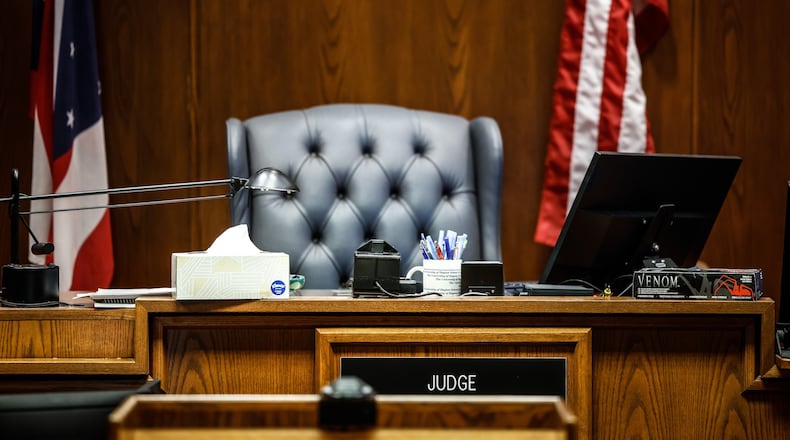He pleaded guilty to one count each of involuntary manslaughter, discharge of a firearm on or near prohibited premises, having weapons while under disability and tampering with evidence, according to common pleas court records. Two counts of murder and felonious assault were dismissed.
On May 16, 2021, Dayton police responded to a complaint about a vehicle speeding up and down Huffman Avenue.
Officers learned the truck was on the railroad tracks nearby and found Osborne dead inside with an apparent gunshot wound.
A witness identified Oakes as the suspected shooter, according to Dayton police.
His defense attorney, Christopher M. Fogt, wrote in a sentencing memo that Oakes confronted Osborne after Osborne reportedly was speeding up and down the road. Afterward, Oakes reportedly left his home with a rifle and fired in the direction of Osborne’s vehicle.
“Oakes had no intention of striking Jacob’s car, let alone killing Jacob,” Fogt wrote. “Oakes’ intent was to scare Jacob away from his house and his neighbors. Nonetheless, Oakes was the cause of Jacob’s death.”
The defense added Oakes is “sincerely sorry” and “sincerely remorseful for his actions.”
Fogt sought a sentence of 22 years in prison, but the prosecution requested 25 to 30.5 years in prison.
Assistant Prosecuting Attorney Anthony D. Schoen claimed Oakes denied any wrongdoing when police brought him in for questioning and has no remorse.
“Defendant is unsafe to remain in society,” read a sentencing memo filed by Schoen. “The only way to protect the citizens of Montgomery County is to sentence him to maximum time of the range agreed upon by counsel.”
About the Author
